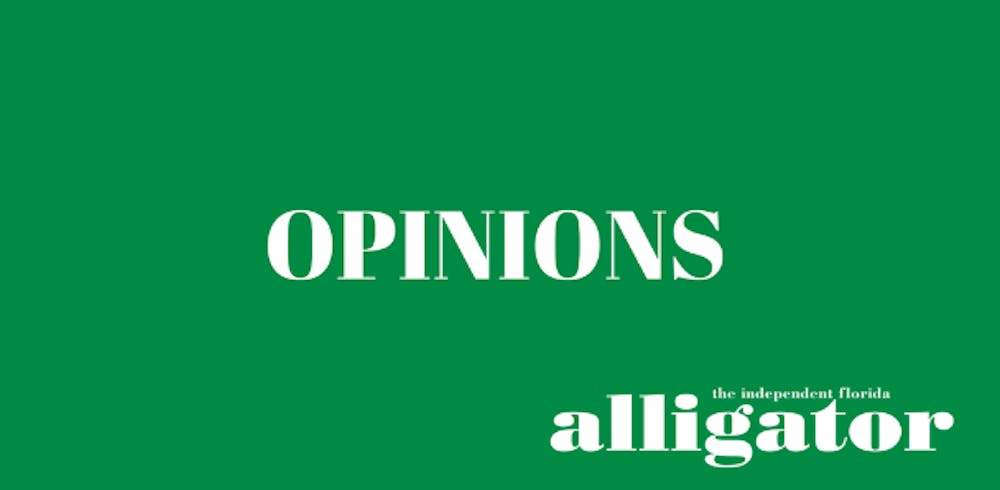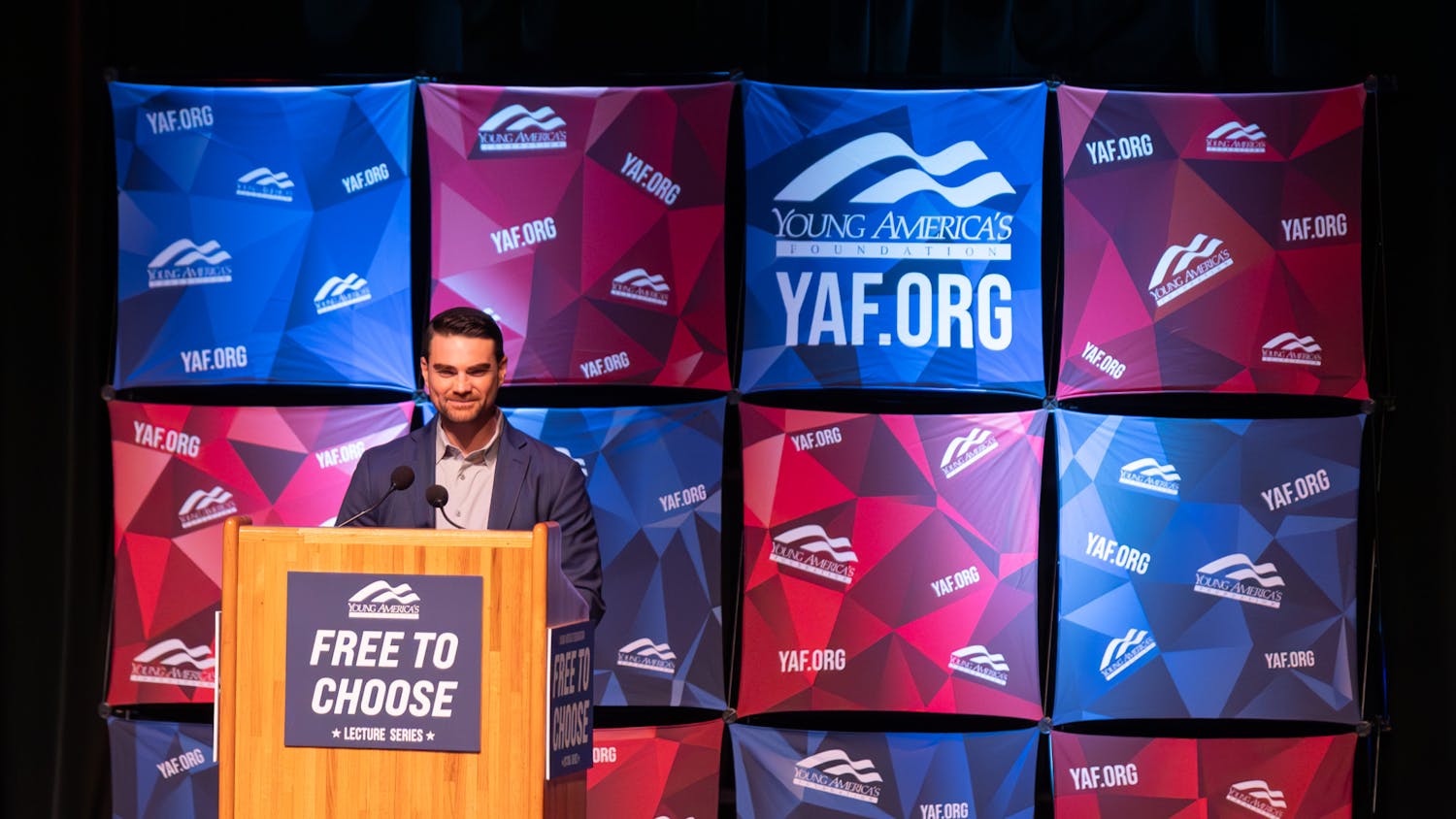It would be tempting to think the most pressing political and cultural question of our day is the question of political affiliation: Republican or Democrat, conservative or liberal. We certainly spend a lot of time wondering if someone, especially someone famous, is one or the other, or which party is better, which view is the correct one. We tuck people we meet or see on TV nicely into those groups so we know what to think about them. “He’s a liberal,” we often say to describe a person, or “She leans conservative.” These are meaningful terms to us, capable of telling you all you need to know about another person. We believe strongly in them.
Our fascination with this political grouping started with one of our great founders, George Washington, who was famously suspicious of a two-party system and would not be surprised to see our animosity. He was worried the two parties would drift away from each other, away from a sense of the common good and toward a desire to rule at the expense of everyone else.
Indeed, many smart people today saddle Republicans and Democrats with responsibility for our divisions. And it’s hard not to. Take the response to the Mueller report, for example. To paraphrase the columnist Peggy Noonan, if you identify with the left, you thought “the traitor got away with it, and you feel destabilized, deflated.” If you are on the right, then you considered it an “attempted coup” and now feel “energized, elated.”
Notice how vastly different the two reactions are, simply because of political beliefs. I sometimes wonder if we are reading the same news, or living in the same country. And yet, America has always been a place for people of different races and nationalities to come together as a single nation. However, there have always been disputes, dating back to the earliest days of our history with the creation of the Constitution until now, with problems rooted in religion, race, sex, etc.
Today seems different. We seem to revel in our divisions and wear them as badges of honor rather than things to lament. Historian Andrew Delbanco segmented our history in his book, “The Real American Dream: A Meditation on Hope,” into three time periods: when we collectively hoped in God, in our nation and now in the self. In the former two periods, American life was imbued with a hope to be a nation unlike any other in history.
In those days, even though there were stark divisions, Americans of all types could appeal to the Bible or the Constitution as a popularly accepted way of being human. When our hope was the improvement of America, we were all trying to be distinctively American.
My point is that it was not terrible back then to tell someone: “I think this is how we are all meant to be human.” We were all trying to be something similar, something common — or at least that was the hope. It was not strange to believe that whatever being American or being human meant, it should apply to everyone.
In my opinion, this is our most pressing cultural question today. Namely, is there a particular way we are all meant to be? Does being American look the same for you and me, or are we forever locked within our own interpretations and experiences? Is it segmented along ethnic or gendered boundaries? We should all think seriously about our answer.
We have to understand everyone comes from different backgrounds, and that’s OK. Our differences do not have to divide us.
Scott Stinson is a UF English senior. His column appears on Wednesdays.





